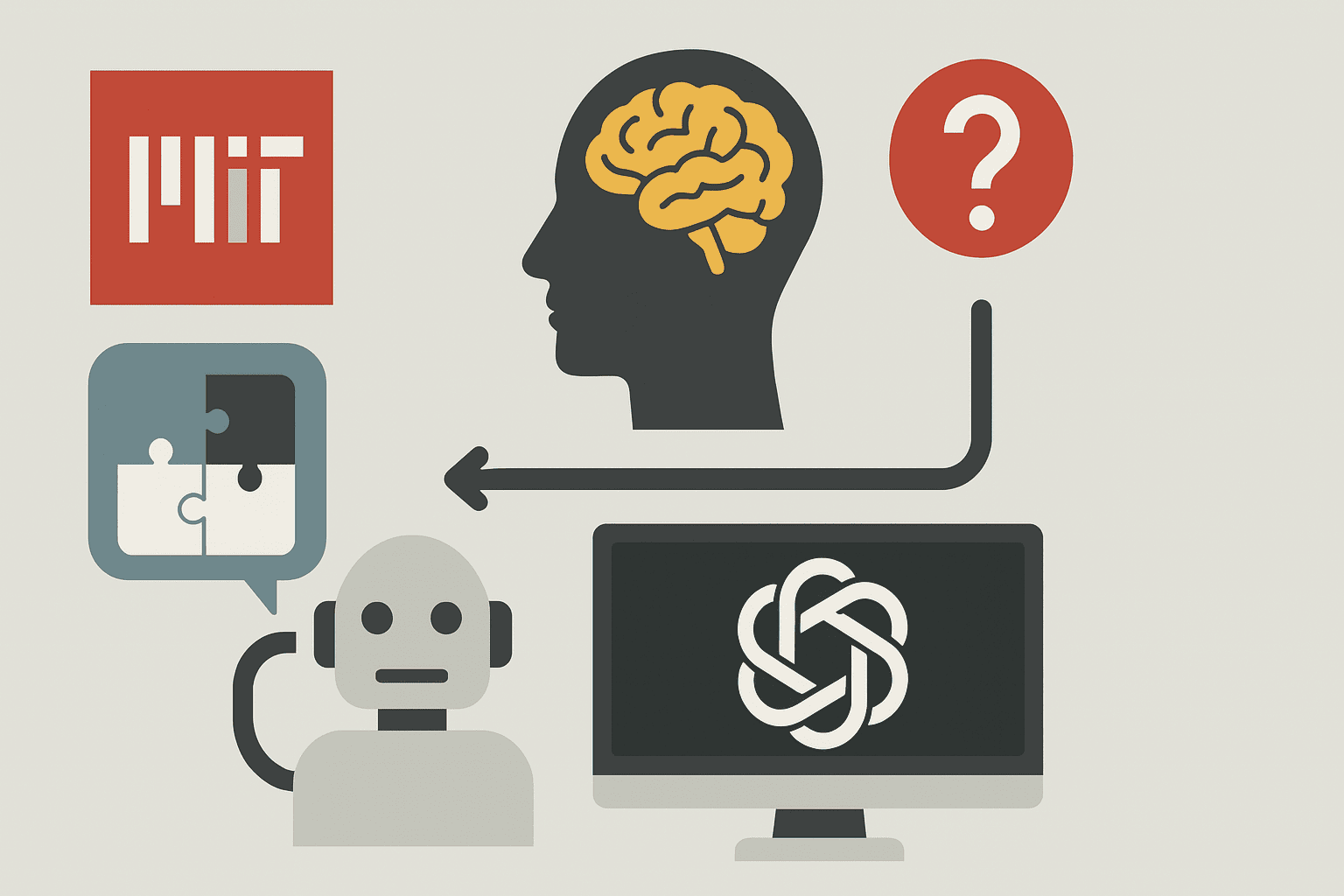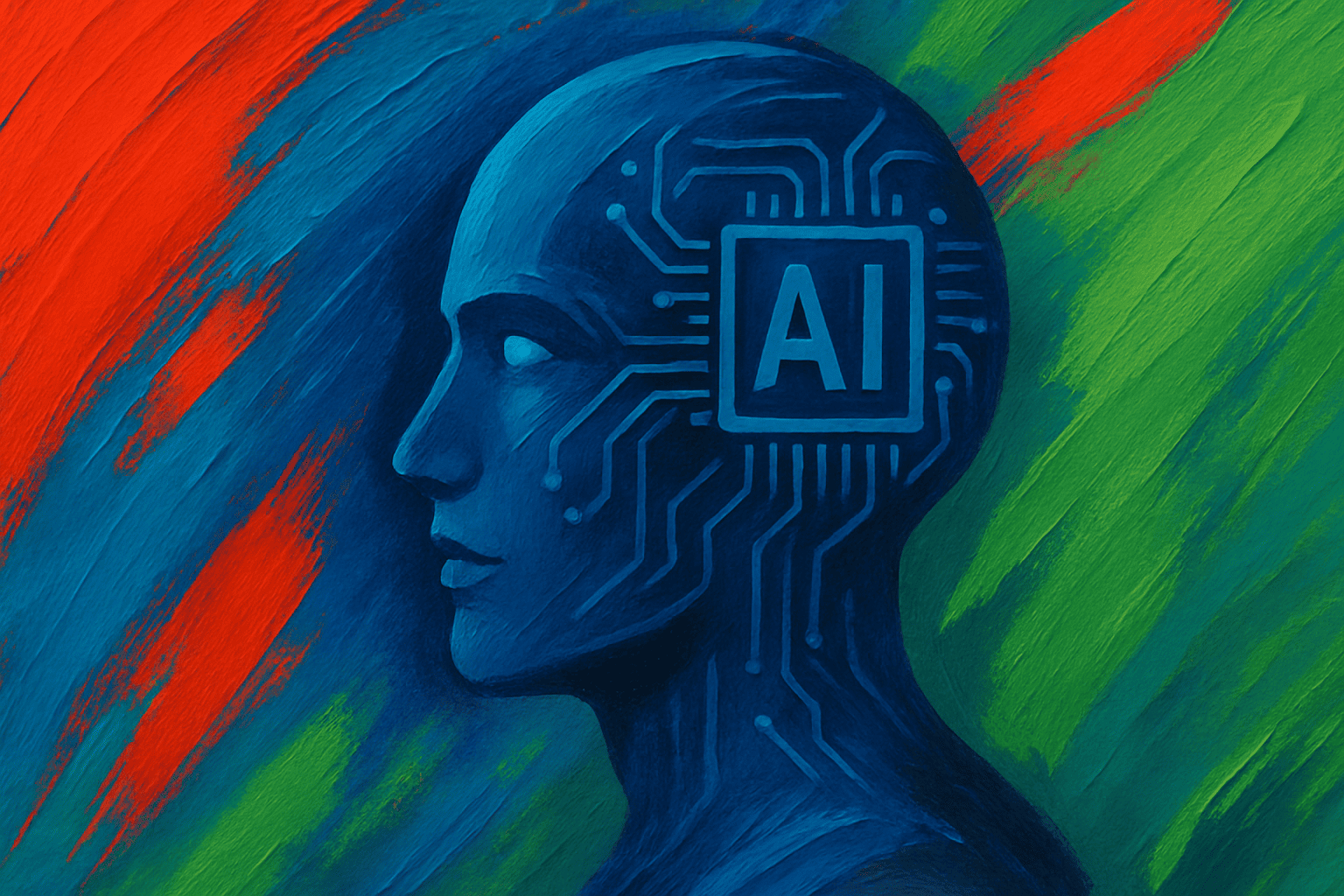In a recent interview for Salesforce’s CIO Corner, Casey Coleman, Senior Vice President at Salesforce and former CIO of the US General Services Administration, shared her views on the integration of artificial intelligence (AI) in government and enterprise settings. Coleman’s unique perspective bridges the public and private sectors, offering a nuanced view of AI’s potential and the hurdles organizations face in its implementation.
Coleman began by addressing the excitement surrounding AI in the public sector.
“Everyone is excited,” she began. “The potential in the public sector especially is enormous. We can envision AI solving really complex problems that we just couldn’t address before, like much more rapid introduction of lifesaving drugs, or smart self-healing traffic management systems, improvements in energy, education, economic development, and more.”
However, she quickly pointed out a critical challenge: data accessibility and quality. “But in every single case, the key issue is data,” Coleman stressed. “All of the AI systems that we’re using now have been trained on publicly available data. And in every case, it’s the government use cases need government data.” This data often resides in disparate systems, complicating its use for AI applications.
Coleman underlined the importance of careful implementation, particularly in government settings where safety and ethics are paramount.
“Getting to that data, using it safely and securely, and with an ethical framework so that we’re protecting life and health and safety — these are the challenges that government CIOs are addressing,” she explained.
When discussing specific AI applications in government, Coleman paid attention to areas where AI could significantly improve efficiency and service delivery.
“I would really look at the day-to-day work of our employees, and where are they spending their time, and how do we take friction out?” She said, before providing an example: “One of the things that everyone in government does is purchase or procure things, and that’s a complicated process. It’s really highly regulated and it takes a long time. But it’s also the kind of thing — it’s very standardized. So applying AI to that, you can speed it up and you can give people time back to do the high-value work that only human experts can do.”
Coleman also addressed the cultural resistance to AI in some organizations. She emphasized the need for empathy and clear communication about AI’s benefits: “You’ve got to find a way to understand and empathize with that and bring people along.” She argued that AI could free up employees to focus on more meaningful work: “If we can free people up from a lot of that manual process work, we can get to those critical systems, like being able to help families and children much more effectively — being able to provide support services for the most needy.”
Finally, Coleman discussed the importance of purpose-built AI solutions for enterprise use, especially when dealing with sensitive data. She provided an example of how AI could assist public defenders.
“They need a summary of what case the case is about and what other legal actions their client has been involved in. But they can’t turn to a large language model and ask that question. It doesn’t have that data, and you don’t want that data exposed to an LLM,” said Coleman.
As organizations continue to explore AI’s potential, Coleman’s insights offer valuable guidance on navigating the complex landscape of AI implementation, particularly in government and enterprise settings where data sensitivity and ethical considerations are paramount.
Featured image: Credit: Salesforce






